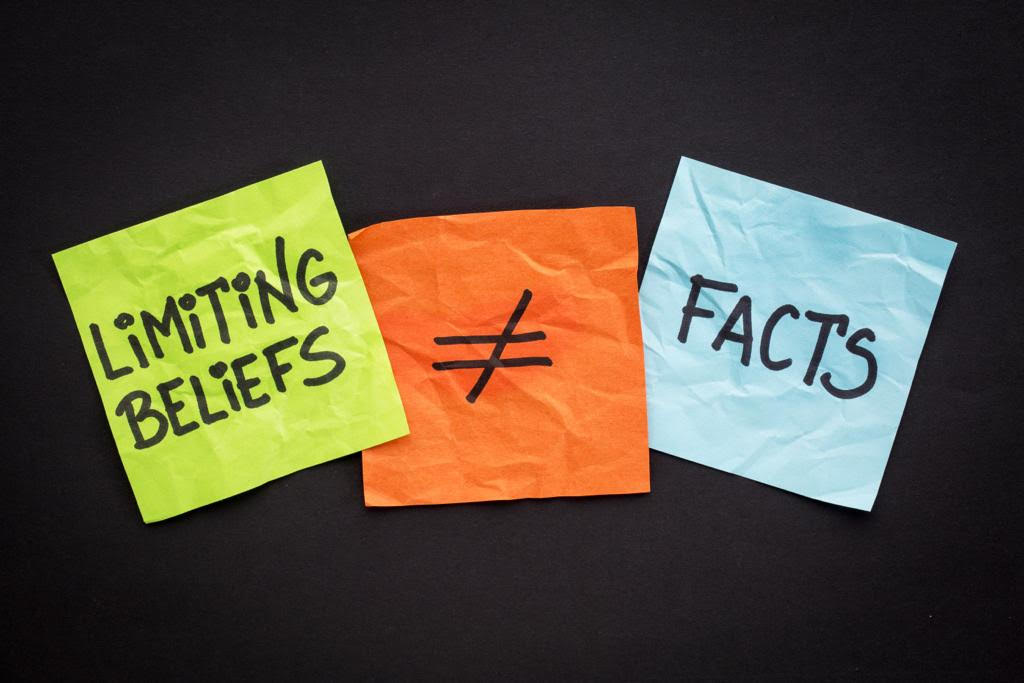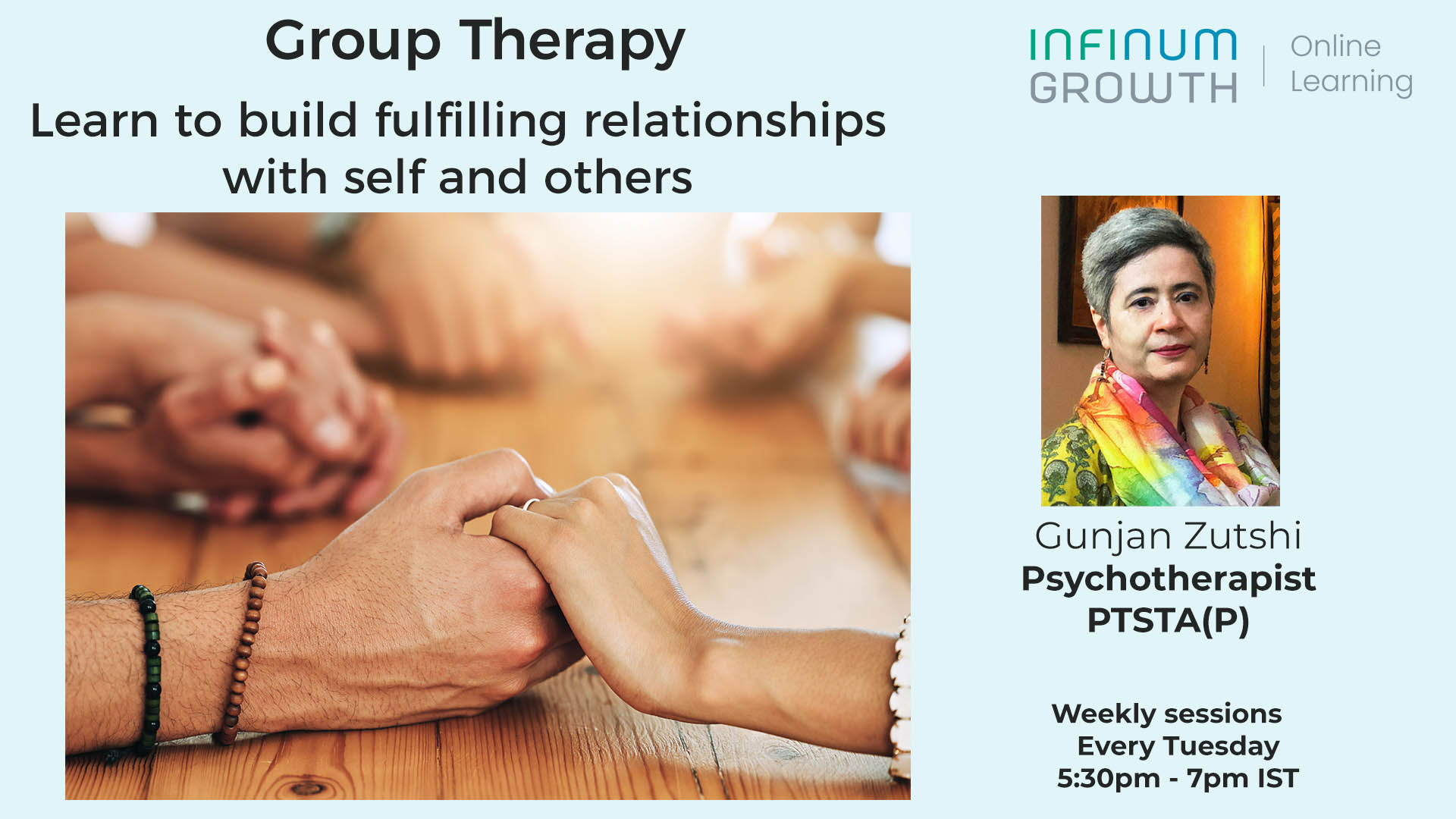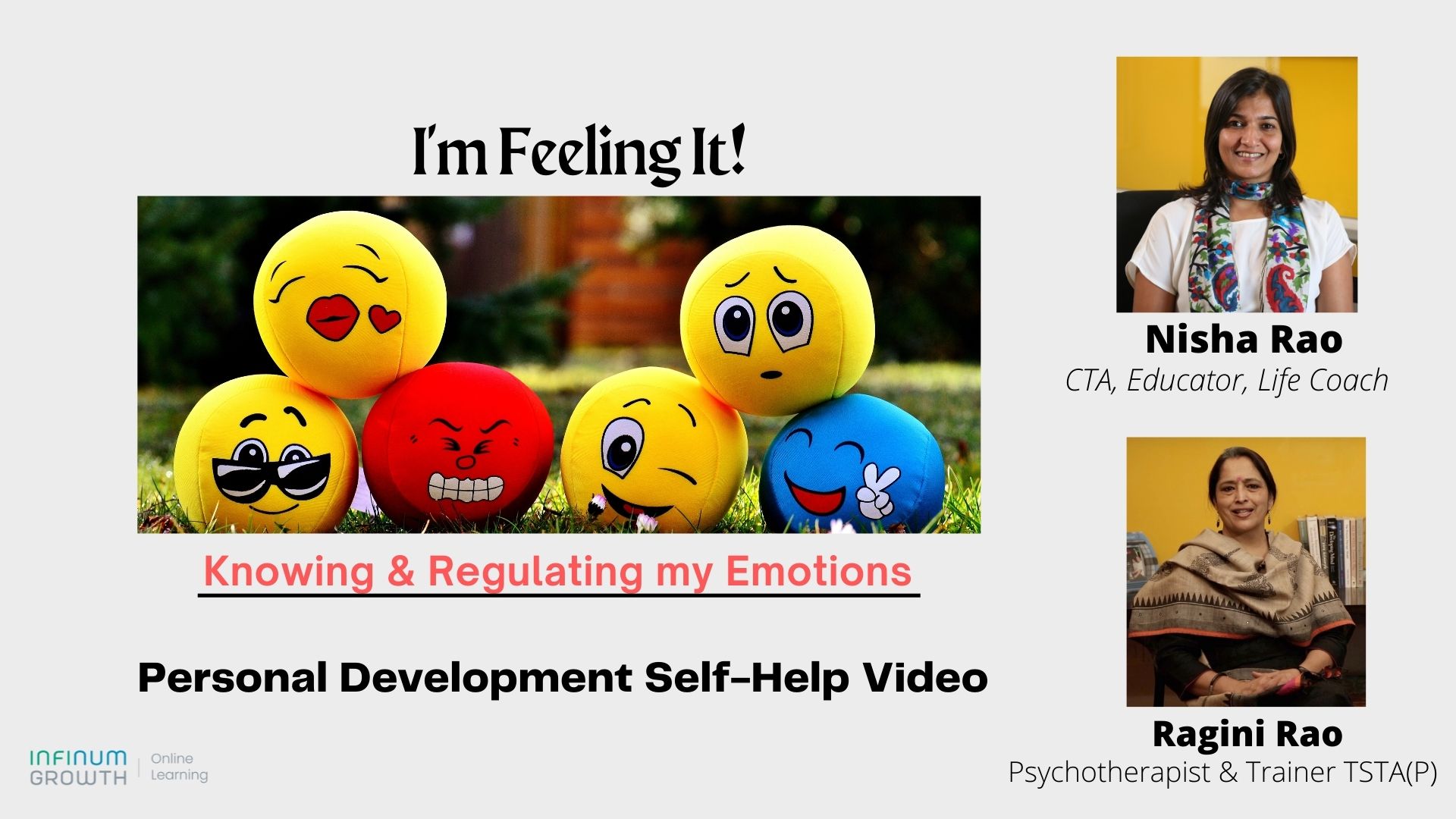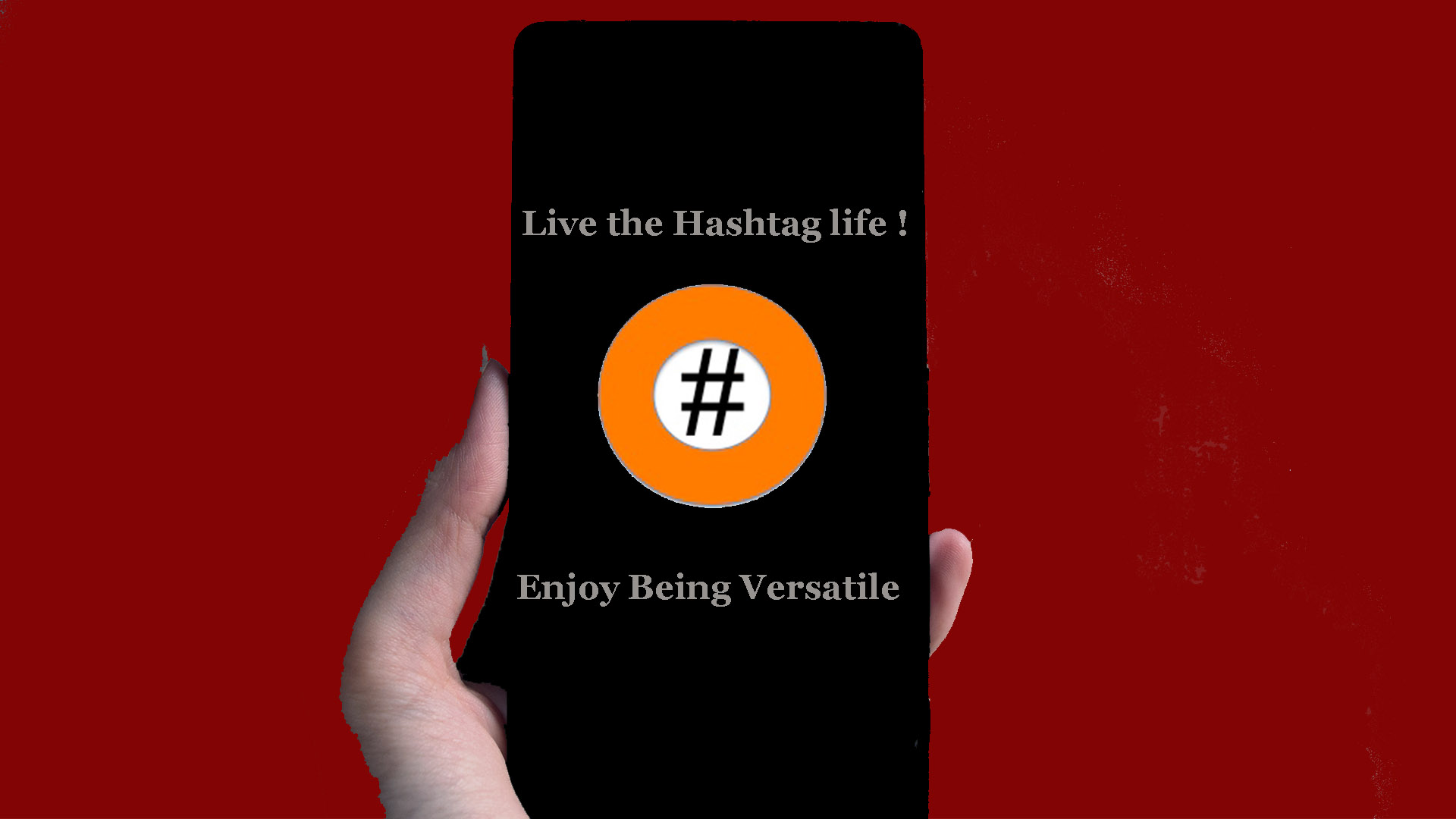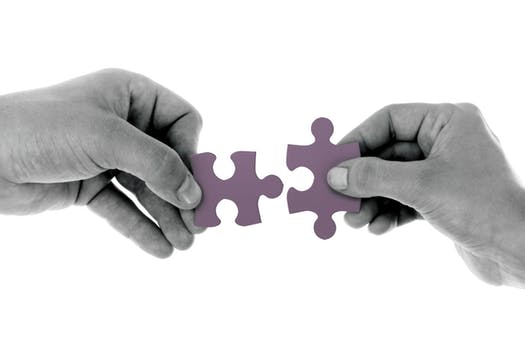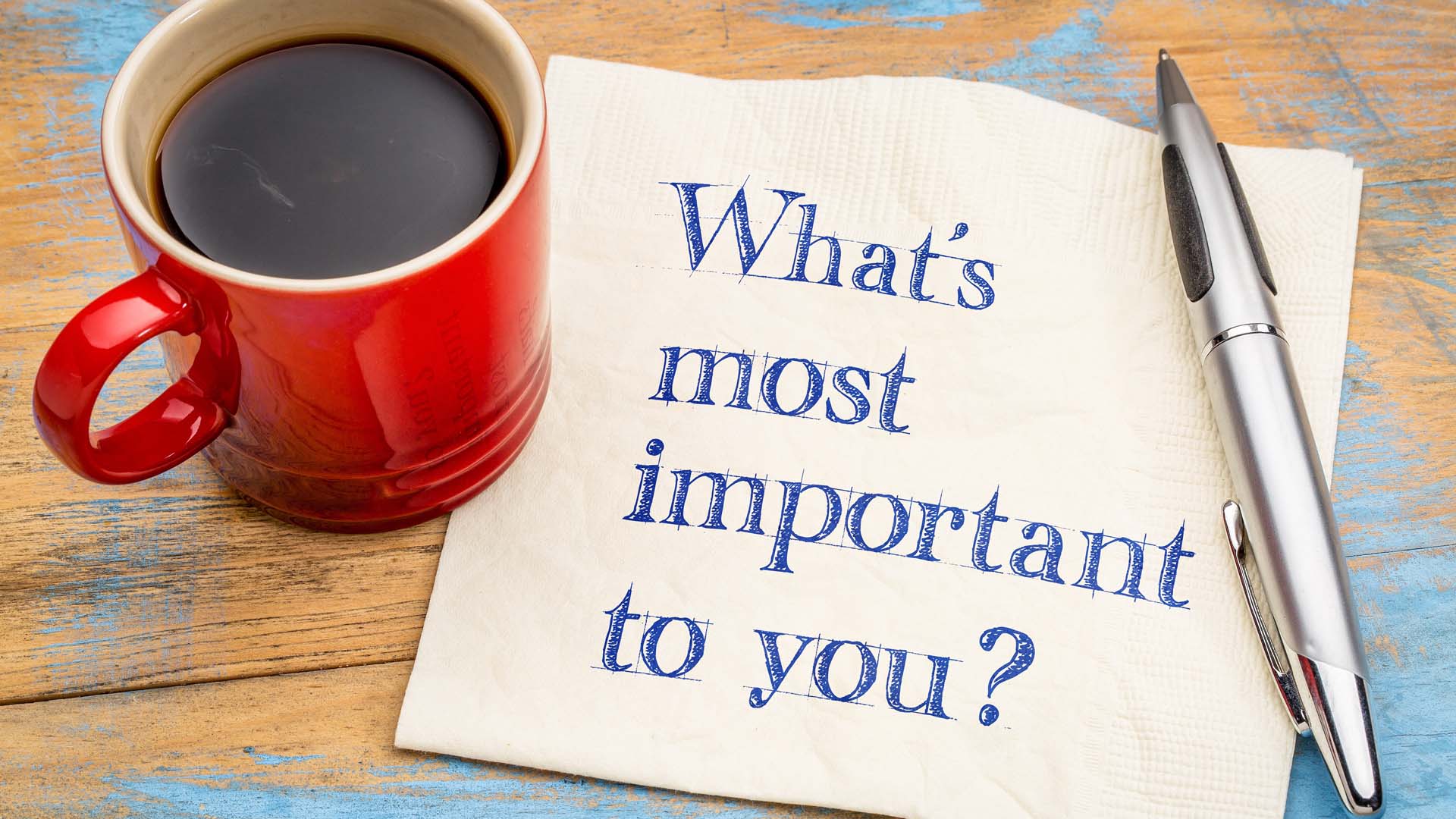Limiting Beliefs – “If you accept a limiting belief, then it will become a truth for you” – Louise Hay
What does the term Limiting Beliefs mean? It means exactly what the literal meaning is – any belief that is limiting for us. There are limiting beliefs that act as a check on us, stopping us from indulging in illegal, anti-social, unethical or dangerous acts. These are helpful limiting beliefs that keep us safe. But there are many limiting beliefs that are unhelpful; stopping us from leading a satisfactory life.
Unhelpful Limiting Beliefs
In this article we will focus on the other kind of limiting beliefs – those that limit us in multiple other ways; in our perspectives, as a barrier in our personal growth, in the way we interact with people; and therefore in our overall happiness in life.
These are limiting beliefs that put us into a prison of our own making. Most often we are oblivious to the walls and barricades since we are oblivious to the fact that we are in a prison.
Certain thought and behavioural patterns become dead habits, based on our constricting beliefs and we are are reduced to mere bodies inhabiting those habits, without the ability to think, question or analyse them.
More often than not, we are so controlled by our limiting beliefs that we act according to them to prove them right; like a self fulfilling prophecy. And then we are further convinced that we are right/justified in our beliefs.
Shoulds and Should nots in one’s belief system
Many of these beliefs are imbibed as ‘should’ and ‘should not’ from childhood and get ingrained into us without our being aware . At times we get stuck in the quagmire of superstitions because of this. Sometimes when someone else points them out and if we are open to introspection we realise how cramping they can be.
“Today is Wednesday. I cannot cut my nails,” said Ankit.
“Why?” asked Anita.
“It is the day of the week I was born and one should not cut one’s nails on that day.”
This was his firm ‘should not’ belief. It took a fair amount of effort from Anita to help him challenge and question this, before he accepted it as simply an unfounded belief.
Superstitions can become so powerful that if, by chance, anything were to go wrong after he cut his nails on a Wednesday, he would put it down to going against his belief; And he would probably pass this belief down to the next generation.
Inbuilt fears in our beliefs
For years Kanika believed that she would collapse if she had to address a gathering. So deep seated was this conviction that any mention of talking to a large audience would result in a serious panic attack.
This belief robbed her of chances of a promotion at work, of opportunities to take on new challenges and of her self confidence. Then, one day, when both her line seniors at work were away, there was an emergency that required her to address a large gathering of her team and clients.
She broke into a cold sweat. Her breathing became shallow and her mouth was parched. But she had no way out. The job had to be done. Mustering up her shredded courage she wrote down what needed to be conveyed. She kept a glass of water next to her; told herself that the worst that could happen was that she would be hauled up for doing her job unsatisfactorily and got herself to the podium on trembling legs.
Getting off to a shaky start she managed to read aloud her speech; and then, gradually, felt calmer with some deep breathing and sips of water. Her announcement evoked queries from the audience. She was confident about her content and slowly started answering the questions. The session went on for over an hour.
It was an hour that proved to be a milestone in her life.
Without this emergency happening that pushed her to the tipping point, she could very easily have lived her life believing that she was incapable of addressing an audience.
What was required for a more permanent resolution was understanding where the fear of facing an audience/ fear of failure came from; and dealing with that, instead of converting it into a limiting belief about herself.
Examples of Limiting Beliefs – regarding ourselves and the world at large
1.Beliefs that we have regarding ourselves, as inferior or superior to others
“I’m not good enough to handle this responsibility”
“They will not find anyone as suited as me to handle this and they can’t seem to see that”
2.Belief that I know what the person is actually saying, by pre-deciding without even listening
“I don’t trust people because they don’t mean what they say – there is an underlying agenda”
3.Belief based on negative expectations
“Given my luck, I am sure there will be a last minute hiccup and the project will be given to someone else.”
4.Belief based on fear
“I don’t want to allow myself to feel extremely happy because something sad invariably happens soon after”
5.Beliefs that limit one’s spontaneity
“ I am keen on trying out some adventure sports but it is far too late now and people will laugh at me.”
How do beliefs limit us?
- Not being open to constructive feedback, making our boundaries of expansion and growth shrink
- Not being open to new ideas or other options and so fresh opportunities are lost
- Impacting our relationships
- Often outlive their validity but continuing to be held
- Stopping us from thinking out of the box
- For leaders, limiting beliefs can limit us from accepting and embracing new ideas and innovations.
How do we get out of this loop?
“I’m not interested in your limiting beliefs. I’m interested in what makes you limitless” – Brendon Burchard
The idea is to be fair to oneself and give permissions to embrace life with all its avenues for growth and happiness. Make choices in areas that are in our control and do what we can.
For starters we must be open to questioning ourselves and be open to people who might point out the flaws in some of our beliefs. An objective view from a third person is often an eye opener, telling us where we can improve.
Here are some of the ways to help oneself –
1. Be aware that a belief is unhelpful
The belief is limiting because it might make us feel anxious and low, not mix freely with friends, be overly critical and judgemental of others, make excuses, complain that life is unfair, pressurise ourselves to excel and thus not enjoy the activity etc.
Repeatedly facing the same problem is a signal to stop and think about the cause; the beliefs that are driving this. For example, if the belief is that there is no point in discussing or verbalising something, that is troubling me in a relationship; because it will only lead to confrontation and no solution, then I will find myself repeatedly getting hurt.
So I need to step back and see why I am getting hurt. Has not talking about it led to any resolution? Is there anything else that I could do or perhaps see how I can express myself calmly?
Is it my fear of confrontation that holds me back and could I learn helpful methods of communication to handle that?
2. Reword an unhelpful belief
For example, “If I had the money I would live a much happier life” could be reworded to “I have enough resources to do so many little things that add a spark to each day”. This way, instead of whining and thinking about all that I cannot do, I appreciate and enjoy all the little joys that I am living and experiencing each day.
“I am far too old to enroll for the course.” Reword it to, “I have the life experience to get much more from the course now than I did ten years ago.” or “I know that I will enjoy the course since I am doing it because I really want to learn something new.”
It is an empowering thought that makes us feel more confident and sure of our course of action. We give ourselves the chance of beginning afresh and leading a more peaceful life.
3. Get to the source of the limiting belief
Ask yourself what makes you hold on to it. Perhaps as a child you were told that you had no ‘eye’ for drawing, or your fingers were too small to learn to play the piano, or that it is a waste of time and money to hang out with friends …….. the list is endless.
Question it, look for evidence and check its authenticity. Sift the evidence from the assumptions.
4. Challenge the belief by generating a counter belief
Repeat it to yourself and then practise it. ‘Practice makes it perfect’ is a saying we have all heard. It takes a long time to establish a belief, helpful or unhelpful. To alter it will take time too; and we need to be patient and consistent, knowing that we are working on it for the longer good.
5. Write down the limiting beliefs and the new counter beliefs
It helps to write the original limiting beliefs and the counter beliefs that challenge them. Having them down on paper makes them more ‘real’ and visible. It is possible that a counter belief may not pan out as planned. We give it an honest try and then if it does not work try something else.
Working on our limiting beliefs is like becoming a “self-detective”; finding the “culprit” within us, getting help if needed, to understand the problem; and taking correctional measures, so as to lead a happier and more fulfilling life.
Nothing binds you except your thoughts; Nothing limits you except your fear; And nothing controls you except your beliefs. EVERYTHING is within you…….Marianne Williamson
Please do leave your comments at the bottom and do share with others if you like this article.


